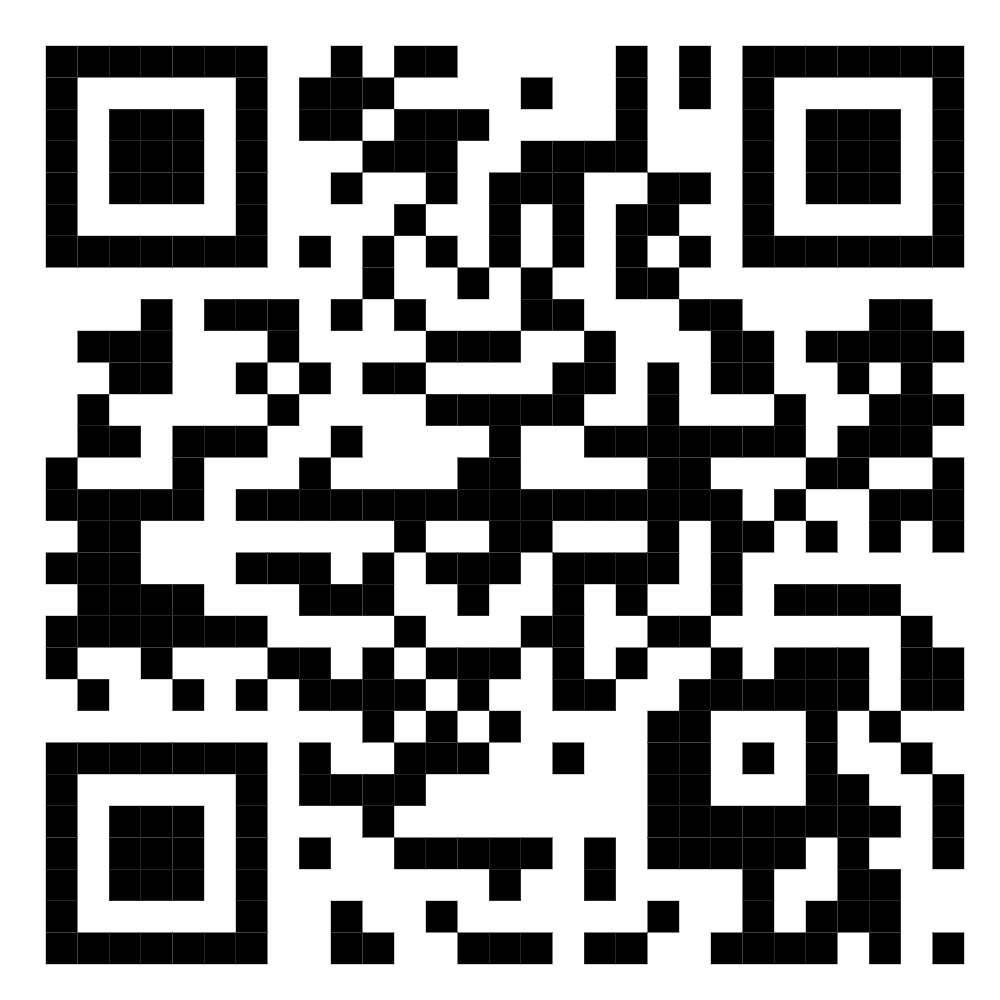Session 1: Vowel
|
Session Title |
Vowel Adventure |
|
Objective |
|
|
Topics |
Exploring Vowels: Identifying and Sorting Vowel Sounds |
|
Material Required
|
|
|
Methodology |
Teaching Through Games and Song |
|
Session Duration |
90 minutes |
Introduction Activity (10 minutes):
Greeting
Teacher: Good morning, everyone! Before we get started, I’d love to know—how’s everyone feeling today? Can you share one word to describe your mood today?
Main Activity (60 minutes):
Vowel Songs (40 minutes)
Introduction
- Begin by explaining to the students that vowels are special letters in the alphabet: A, E, I, O, U. These letters make unique sounds that help form words.
- Tell the students they will learn the vowel sounds through a fun song .
Sing the Song
-
Sing the song slowly and clearly for each verse (A, E, I, O, U).
-
Encourage the students to sing along. You can clap or add some simple hand motions to make it more engaging.
-
After singing each verse, repeat it a few times so that students can memorize the pattern.
Verse 1:
A says “ah,” “ah,” “ah,”
A says “ah,” “ah,” “ah,”
Every time you see an A,
It says “ah,” “ah,” “ah,”
A says “ah,” “ah,” “ah.”Repeat
Verse 2:
E says “eh,” “eh,” “eh,”
E says “eh,” “eh,” “eh,”
Every time you see an E,
It says “eh,” “eh,” “eh,”
E says “eh,” “eh,” “eh.”Repeat
Verse 3:
I says “ih,” “ih,” “ih,”
I says “ih,” “ ih,” “ih,”
Every time you see an I,
It says “ih,” “ih,” “ih,”
I says “ih,” “ih,” “ih.”Repeat
Verse 4:
O says “ah,” “ah,” “ah,”
O says “ah,” “ah,” “ah,”
Every time you see an O,
It says “ah,” “ah,” “ah,”
O says “ah,” “ah,” “ah.”Repeat
Verse 5:
U says “uh,” “uh,” “uh,”
U says “uh,” “uh,” “uh,”
Every time you see a U,
It says “uh,” “uh,” “uh,”
U says “uh,” “uh,” “uh.”Practice and Repeat
-
Have the students take turns singing the verses.
-
They can practice alone or in small groups to reinforce their understanding of vowel sounds.
Vowel/non vowel sorting game (20 minutes)
How to play
1.Prepare the Flashcards (Pictures):
-
Collect pictures of objects or things that have names starting with vowels (A, E, I, O, U) and others that don't.
-
You can take your own pictures or find images online. For example, pictures of an apple (vowel), dog (non-vowel), ice cream (vowel), book (non-vowel),elephant (vowel ) and Car ( non-vowel ).
2.Create the Sheet for Students:
-
Draw a table with three columns on a sheet of paper. Label the columns:
-
Column 1: Name
-
Column 2: Vowels
-
Column 3: Non-vowels
-
-
Leave space under each column for students to write their answers.
3.How the Game Works (With Flashcards ):
Show a Flashcard to the students. You can either show the full image or just describe it first.
-
Students will say the name of the object aloud.
-
Then, they need to identify if the first letter in the word is a vowel (A, E, I, O, U) or not a vowel (meaning it’s a consonant).
-
They should write the name of the object in the appropriate column (either Vowels or Non-Vowels).
4. Example Flashcards : Apple, Dog, Ice cream, Book, Elephant, Car
|
Word Name |
Vowels Column |
Non-Vowels Column |
|
Apple |
✅ (Vowel) |
|
|
Elephant |
✅ (Vowel) |
|
|
Ice Cream |
✅ (Vowel) |
|
|
Book |
✅ (Non-Vowel) |
|
|
Dog |
✅(Non-Vowel) | |
|
Car |
✅ (Non-Vowel) |
Scan the QR code to access the printable sheet to distribute to students.
Example Flashcards:
Follow-Up Activity (10 minutes):
Vowel Writing Practice
Objective: Practice writing words that begin with vowels and non-vowels.
Instructions:
-
Provide each student with a worksheet that has a list of words with missing letters.
-
For each word, students should fill in the missing vowel to complete the word. Example:
-
S m _l e → Smile
-
B r _ t h _r → Brother
-
b __ k → Book
-
_ c e c r _a m → Ice cream
-
_ m b r _l l_ → Umbrella
-
Have students focus on identifying the missing vowel and writing it in the correct spot.
Extension:
-
Ask the students to create their own 2 words with missing vowels, then exchange worksheets with a classmate to solve.
Review Questions (10 minutes):
-
What are the five vowel letters?
→ A, E, I, O, U -
Which vowel sound do you hear at the beginning of the word “elephant”?
→ /e/ -
Is the word “dog” a vowel word or a non-vowel word? Why?
→ Non-vowel word, because it starts with D, a consonant. -
Fill in the missing vowel: _ p p l e
→ A → Apple -
Name two words that start with a vowel.
→ Example: Ice cream, Umbrella
Expected Learning Outcome:
Knowledge Building:
-
Students will identify the five vowels: A, E, I, O, U.
-
Students will recognize the sounds each vowel makes.
-
Students will enhance phonemic awareness by connecting letters to their vowel sounds.
-
Students will understand the difference between vowel and non-vowel sounds in words.
Skill Building:
-
Students will improve auditory discrimination by listening for vowel sounds at the beginning of words.
-
Students will practice organizing and sorting words into vowel and non-vowel categories.
-
Students will strengthen writing skills by completing and creating words with missing vowels.
-
Students will demonstrate self-management by completing tasks independently and staying focused during games and writing activities.

